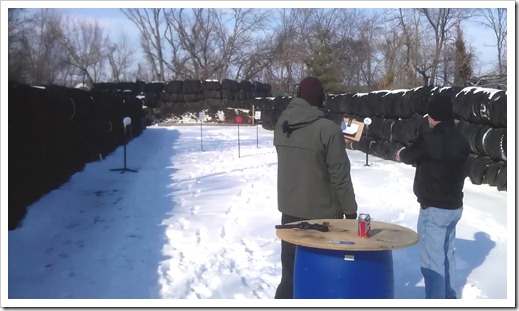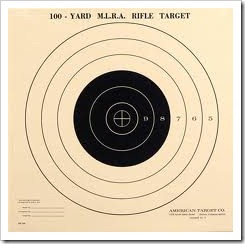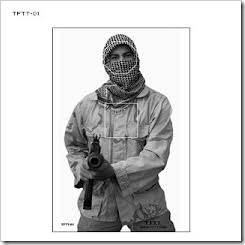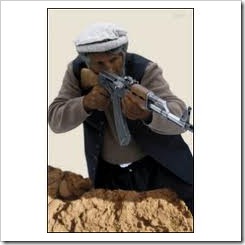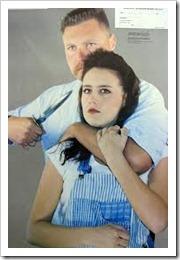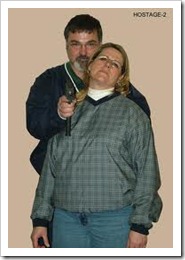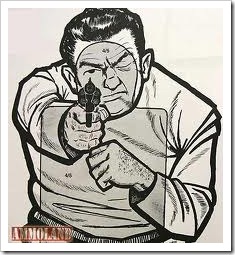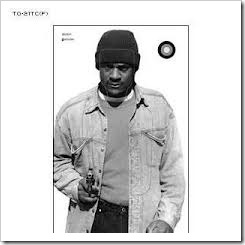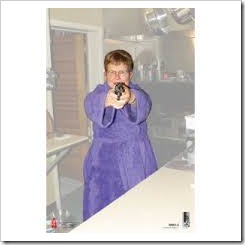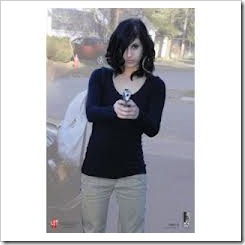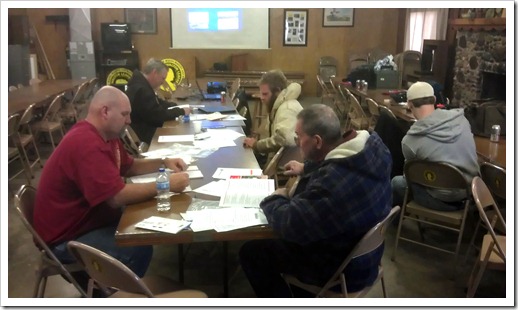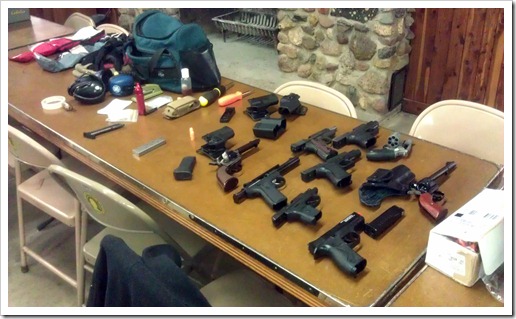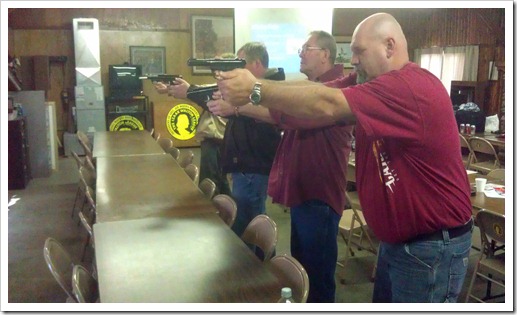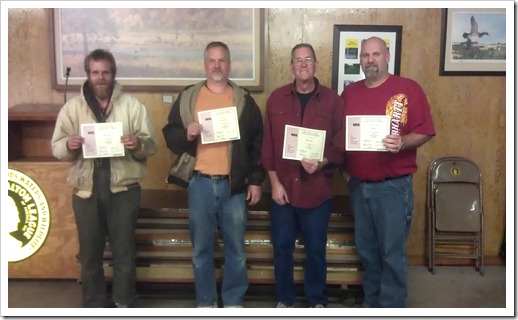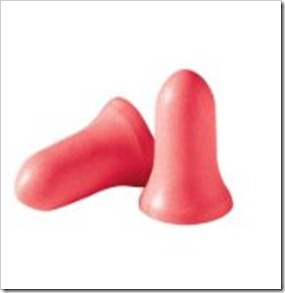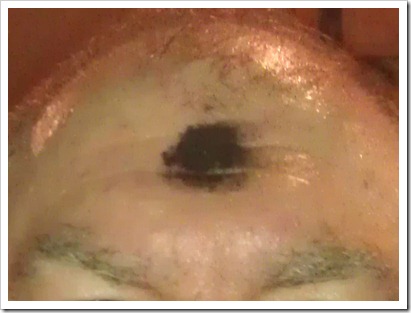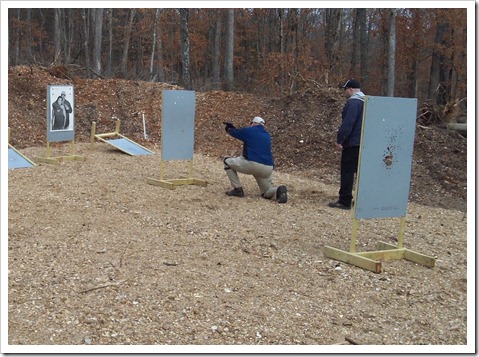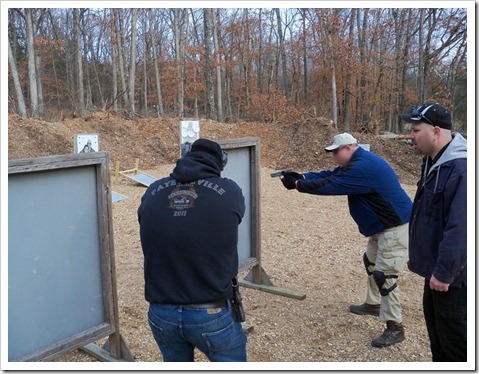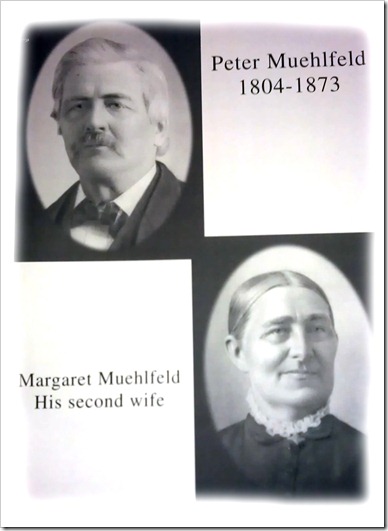Growing up, Memorial Day was important in our community. The vets marched in WWII uniforms that still fit. Cub Scouts and Boy Scouts followed with community floats bringing up the rear. We ended in the cemetery – speeches recounting the bravery of those below stones topped with small flags. Each grave was covered with freshly planted flowers that we all had lovingly planted. Myron – the guy who ran the nursery, always gave me a geranium for my dad’s grave that I could plant myself.
Once the ceremonies were done – the work began. Every grave we planted needed to be watered a couple times a week. There were a half dozen plots with 4 or more graves per plot – it took a good amount of time after supper. However, this particular year – the summer of 1965 – every chance I had I’d ask mom: “Wanna go water the flowers??” She’d smile, finish whatever task lay before her and say “Sure hunny, let’s go!” Off we would head, pails and water cans in the trunk. A hand pump was located in the center of the cemetery with a small network of dirt paths/roads that crisscrossed the main grounds of the cemetery. We would drive to the pump, fill the pails and watering cans and then head of to the family plots – one after the other. And . . . . that was my draw – I got to drive!! I got to practice before drivers ed began the end of June. And – bless her wonderful and loving heart – my mom “taught me the road”. Every once in a while she’d smile and say “Well kid, if you hit someone, I’m sure we can find a fresh hole somewhere.”
So, with this first step under my belt - “The Plan” that would lead me to my first driver’s license began. This was followed by a summer’s worth of classroom time and 300ish miles on the road under the watchful eyes of Mr. McQuarters.
I’m a “plan” kinda guy. Part of the enjoyment of learning something new or preparing for a trek/trip/paddle or looking to purchase something new – is the process of putting the plan and info together to help insure the success of the trip or that my money is wisely spent. Let’s take a paddle for example.
BWCA trips are fun, enjoyable but they can certainly be challenging – to the point of being fatal if you do something stupid. I love prepping gear lists, reviewing each and every piece of gear, repairing what needs it, putting it in its designated spot in my pack. It’s satisfying. Planning the route is equally so. I always start with Fisher maps. I pick the route, plot the proper heading departing each portage, picking the hoped-for campsite. I love the process.
How does this dial into firearms training? Well, there was a discussion on Kathy Jackson’s blog awhile back about selecting trainers and whether it was better to have a trainer who had “seen the elephant” or not. In my day it was called spending time in “injun country”. Regardless, a number of comments did a pretty good job of delving into this topic. And, it prompted me to think about how I have approached firearms training over the past 40+ years. Not surprisingly – it always boiled down to “The Plan”.
Whether it was firing the first shots of my dad’s bolt-action .410 or his semiautomatic 12guage shotgun under the careful eye of my mom. Or, whether it was the first shots fired on the rifle range at Lackland, learning the M60 at Pleiku, the .38 for range qualification or – fast-forward to the past handful of years taking the various NRA coursework to become an instructor and Training Counselor – there was always “The Plan”. Things that needed to be learned, courses of fire to be evaluated on, rules of engagement to learn, teaching methods to be learned – all incremental steps of “The Plan”.
So, let’s step outside of the classroom for a bit. Let’s not worry about the qualifications of specific instructors – whether they have real-world experience or a bunch of study, research and individual range work. Bottom line – instructors are stepping stones to take you along your own individual approach to “The Plan”. What is “your plan”? Perhaps some suggestions:
“The Basics”
The Words - Actually, that has become the focal point of this blog – sharing with you all “the basics”. This should begin with a thorough knowledge of the nomenclature of the weapons you plan on working with – handguns, rifles, shotguns, knives – whatever your weapon of choice is. It is impossible – IMNSHO – unless a common language is first established. (the on-going hoopla about “clips”, “magazines” “bullets” or “cartridges” comes to mind) Take the time to “learn the words”.
Safe Weapon Handling – Learn, internalize, and live by the four basic rules of firearm safety. If you don’t know them – there’s one of your first lessons to research and learn.
Basic Stance – Find a stance that works for you – whether Isosceles, Weaver or Modified-Weaver, find something that works. Work on this with dry fire, air soft or actual range time. A consistent and solid stance is an absolute necessity regardless of the type of shooting you’re going to be doing.
Sight Alignment – Sight Picture – Proper sight alignment is simply a must if you ever hope to hit your target. A solid Sight Picture insures that the work you do on sight alignment is well spent with “rounds on target”.
Trigger Press – is an art form all in itself. Nothing takes the place of range time/dry fire/ball and dummy drills – or LaserLyte drills. All of these help to insure you press the trigger straight to the rear with no effect what so ever on your Sight Alignment or Sight Picture.
Firearm Selection – This is the “final” initial step – selecting a handgun that you can use throughout your “education” as a new shooter. Take your time, shoot a number of different guns, build “The Plan” and then – and only then – choose your first handgun.
I call this section “The Basics”. These elements form the foundation – the roots – of your future development. You bypass them at your peril – and expense. It is one of the reasons I am so fond of the NRA Basic courses – Pistol, Rifle and Shotgun. They fill all of these “squares” very well. But, that said – they are BASIC courses, there is much more to learn.
Carrying a Weapon
This is the next step, especially when talking about handguns for personal perfection. You need to know how to carry a weapon comfortably, consistently and in such a way that it is fully concealed. I usually teach this in a two-step process. First, carry without concealment. This allows a person to work on their draw, magazine (or cylinder) reloads, clearing malfunctions. It enables the shooter to determine a holster they are willing to use each and every day, find a firearm they are willing to carry each and every day and it teaches them how to access it quickly to defend themselves. I find that teaching this without the added stress/hassle of teaching a concealed draw is helpful.
Step two is, indeed, doing all of the above, but from concealment. This involves finding a method of dressing that you are willing to adapt for your day-to-day “style” of dress. And, once that is selected – working with your weapon, holster, mag holders to enable you to quickly draw and engage a threat. The typical goal – 2 rounds, 2 seconds, 21 feet.
Beyond this, you can begin work on “focal point shooting” – enabling you to get rounds on target quicker – especially within the 15 foot range – while “getting off the x”.
Once this portion is “complete” – you would have completed the “2nd level” of training. By this time you’ll be comfortable with fulltime carry of your defensive weapon.
Competition
Short of actually getting into gunfights – and I would encourage you to avoid this – you need a way to polish these skills. One of the best ways to do this is via various types of competitions. Typical offerings are IDPA, USPSA, IPSC, Steel Shoots, 3-Gun, Trap, Skeet . . . . there is a wide range of opportunities to push your skills, to learn from other shooters and to just plane have fun! Competition should be an integral part of “The Plan” to make you a better shooter.
Annual Training
I honestly believe it’s a big mistake to complete just “The Basics” listed above and then just go to the range once in a while to send rounds down range. Please, consider an annual training somewhere in the US. There are the “biggies” – Gunsight, Thunder Ranch – that costs thousands but are staffed by some of the best shooters in the US. There is so much to learn there – with many shooters taking multiple trips throughout their life time.
There are also those that work on training specifically to help you defend your home better. Some work on rolling security – how to drive defensively, exit your car under fire or enter your car under fire for escape.
Some will teach room clearing techniques – others how to use cover and concealment better. There are those dedicated to shooting while moving. And, there are those that train snipers.
This leads to the development of “The Plan” for you – specifically. Why are you learning this skillset? Are you going to carry daily? Will you compete? Do you need a combined skill set – say pistol, rifle and shotgun? Only you know the answer to this. The advantage to “The Plan” is that it provides direction for you as you move forward. It exposes strengths as well as weaknesses. And, it allows you to conserve two of your scarcest resources (no – NOT ammo!!) – time and money.
So, take some time. Put some thought into it. Build “The Plan” that will take you where you want to go. Then – and only then – find instructors to get you there. There are hundreds – if not thousands – of skilled and dedicated instructors in the US to help you along your way. How can you possibly know where you’re going if you don’t have . . . .
“The Plan”
